
Protein chart: Protein content of food

The disadvantage of many diets is that although weight loss occurs, unfortunately not only fat percentage is reduced, but we also lose muscle mass and weight. To prevent this, sufficient or slightly higher protein intake is required. Women are often afraid of muscle mass and protein intake, though it is muscle mass that promotes higher calorie utilization in the body. To simplify this very much, we can say that we can all eat a little more protein.
Proteins are not only components of muscles, bones, connective tissues and hair, but are also needed to maintain health. Proteins also play a role in the production of hormones, enzymes, transport aids, and the proper functioning of the immune system. Because we can provide protein to our body through nutrition, it is extremely important that we look not only at our calory intake but also at the composition of our meals. And how much protein is in a food can easily be found out in a protein chart. Such a table is a huge help in choosing foods and developing a healthy diet.
Recommended daily protein intake
Protein is one of the macronutrients along with carbohydrates and fats that we need to consume daily. But the ideal amount depends on many factors, such as age, gender, activity, health, body composition.
For healthy adults, a minimum of 0.8 g of protein per kilogram of body weight is recommended. The need for people who do sports and physical work is higher. For endurance athletes 1.4-1.6g / kg protein is recommended, and 2g / kg if you are on a weight-loss diet.
|
For weight loss purposes, the recommended intake of protein is typically 1.5-2 g / kg to avoid muscle breakdown, while 2-3 g / kg is recommended for weight gain. |
In the long run, protein intake of more than 3 g / kg is not recommended for athletes as this amount may already have adverse effects. Many people have the misconception that protein is negative kcal, and that regardless of how much we eat, we do not gain weight. This is not entirely true. It is true that it has a metabolic booster effect, but the body also converts excess protein into fat. In addition, with excess of protein the kidneys are overloaded due to the elimination of the extra nitrogen in the amino acids. Which is especially critical for those with kidney problems.
Several studies have shown that consuming high levels of red meat and whole fat dairy products in high-protein diets increased the risk of heart disease as well as coronary heart disease. A 2018 study found that long-term red meat consumption increased trimethylamine N-oxide in the intestine, which is linked to heart disease. And they have also found that reducing the consumption of red meat reverses this effect.
In addition, you may experience bad breath or constipation due to limited carbohydrate and fiber intake. Some people are more likely to suffer from diarrhea and dehydration because the body needs more fluids due to the elimination of nitrogen. There are studies that have also linked bone deterioration with too high protein intake.
However, we must not forget about protein deficiency, the most severe of which is Kwashiorkor. A typical symptom of protein deficiency is edema caused by a deficiency of the albumin amino acid. In addition to hair and skin problems, hair loss, nails breakage and even bone fractures also occur in protein deficiency. Because proteins are also needed for the immune system to function, infections are more common when proteins are deficient. They also have an effect on appetite: research shows that it could be the cause of severe cases of loss of appetite, or in mild cases of increased appetite, especially for tastier, fatty foods.
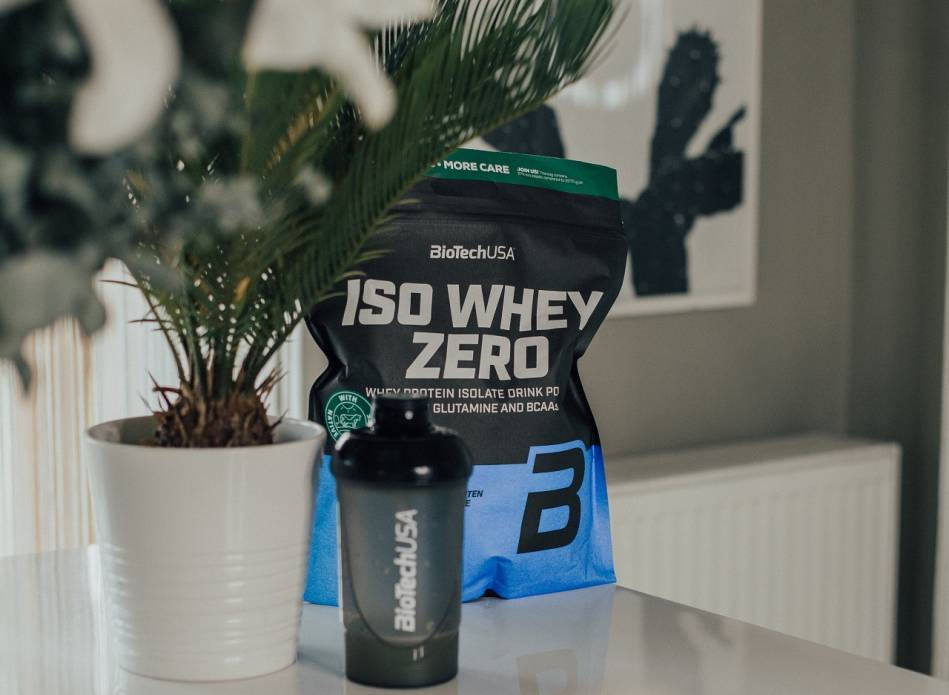
Diversity is important!
Proteins are made up of 20 types of amino acids, some of which are essential, which we can provide through nutrition and some non-essential that our body can produce. The nine essential amino acids not synthesized by the human body are histidine, isoleucine, leucine, lysine, methionine, phenylalanine, threonine, tryptophan and valine. This is how proteins are grouped together. When call them complete proteins when all the essential amino acids are present; when one or more essential amino acids are deficient, the protein source is called incomplete.
|
Complete proteins are mostly found in foods of animal origin, while incomplete proteins are found in plants. In order to maintain our health, it is best to consume both plant and animal proteins. |
Animal Proteins
Lean chicken breast or turkey breast are excellent sources of animal protein. Because of their lower fat content, they have a higher protein content than red meat (pork, beef), but this does not mean that reds should be completely excluded. In addition, food like fish, tuna, salmon are also good choices; while eggs and dairy products (such as cow cheese and lean cheese, which are popular with many) are excellent sources. However, alongside the meat, it is important to put vegetables and fruits on the plate in order to eliminate the acidifying effect of the meat.
Nowadays, the wellbeing of our skin and connective tissue is becoming increasingly important, for which collagen plays a big role, it can be found in large quantities in gelatin. Gelatine is mainly hydrolyzed from bone and connective tissues of domestic animals such as pigs. The food industry is also very fond of using it.
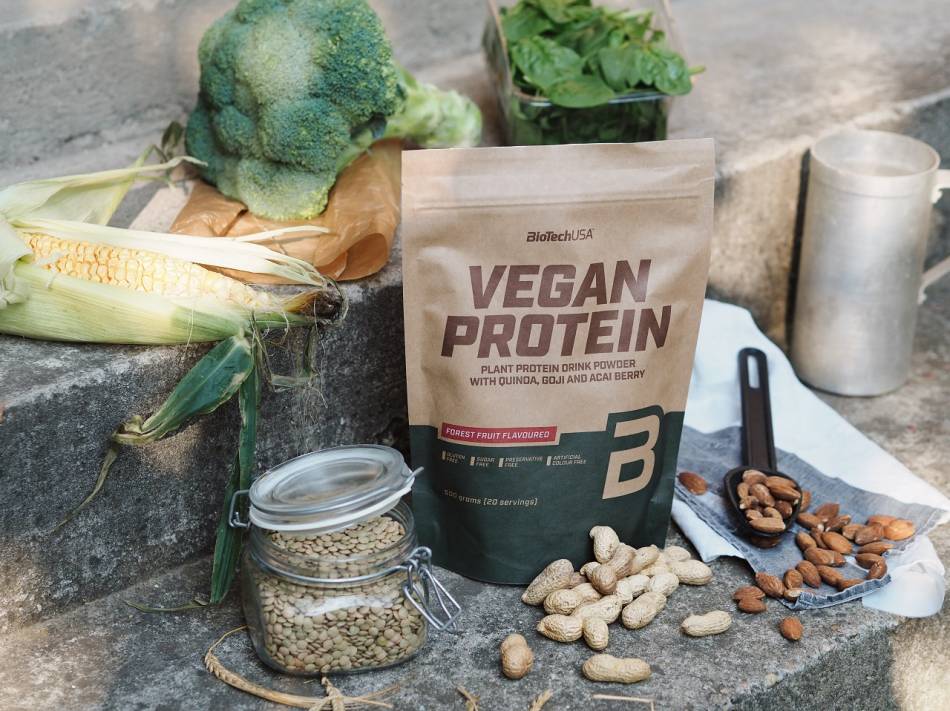
Plant proteins
Plant protein sources are mostly legumes and cereals, but oilseeds are also high in protein. Soy and quinoa are considered to be the most complete source of protein.
If you want to pursue a vegetarian lifestyle with a little care, you can pair foods by replacing, supplementing, or completing the missing amino acids. For example, wholemeal rice, when consumed with beans, lentils or whole wheat peanut butter, already provides a complete source of protein. Fortunately, vegan protein powders are also available, providing a perfect complement for vegan dieters.
Recent research says that our body does not need all the essential amino acids at once, so if we can monitor the correct amino acid intake on a daily basis, there will be no shortage of a vegetarian diet.
Protein content of food
We’ve created an easy-to-use protein chart that lists foods by major source of protein. Along with the names of the foods, we also listed their protein and calorie content per 100 grams in a separate column. Easily take it with you or save it to your phone so you can use it anytime during the day. You can find the following main groups in the table:

Meat, poultry, eggs
The great advantage of animal protein sources is that 100 g of meat contains 20-25 g of complete protein and is not high in calories, which is not negligible in the diet. However, meat can bring in much more saturated fat if we are not paying attention and high protein intake burdens the body and kidneys and also acidifies the body.
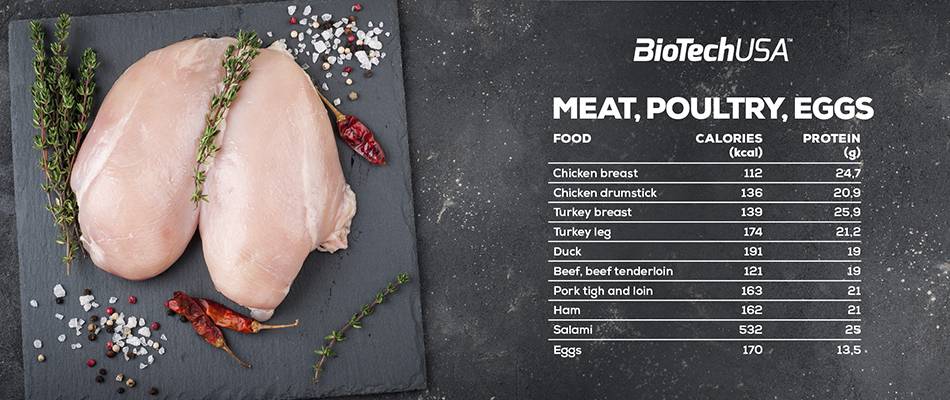
Fish, seafood
Unfortunately, fish is very rare in most people’s diets, on average 1 fish a month, on the contrary 2-3 times a week would be ideal. Sea fish, in addition to their good protein content, contains good oils like Omega-3 fatty acids that are beneficial not only for cardiovascular health but also for depression and brain function. Seafood is also high in protein, but it also contains vitamin A, zinc and selenium in addition to Omega-3 fats. Of course, always pay attention to choosing the right quality ingredients.
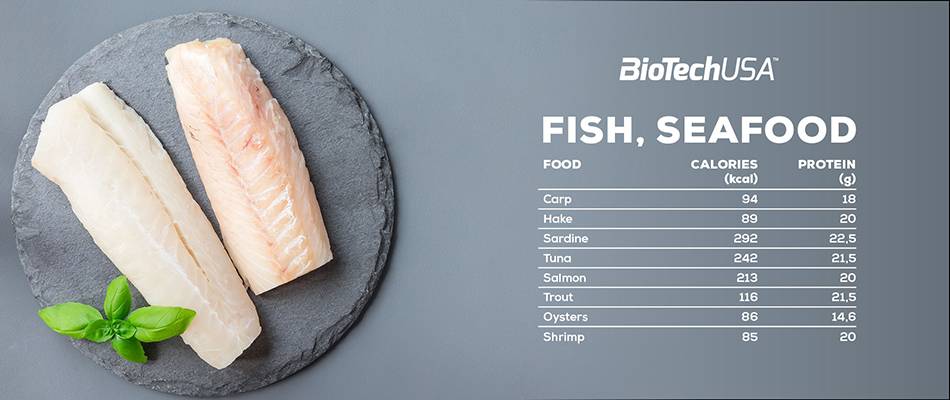
Legumes, cereals, vegetables
Vegetables have a very low protein content, e.g. 100 g radish contains 1 g of protein and zucchini contains 1.5 g of protein. So vegetables are not really a source of protein, but cereals have 10-14 g of protein per 100 grams of legumes. What needs attention is that plant proteins are incomplete, meaning they do not contain all the essential amino acids. Vegan diets require more attention but can be completed by selecting foods. If you are an ovo or lacto vegetarian who consumes eggs and / or dairy products, the right amino acid intake is easily solved.
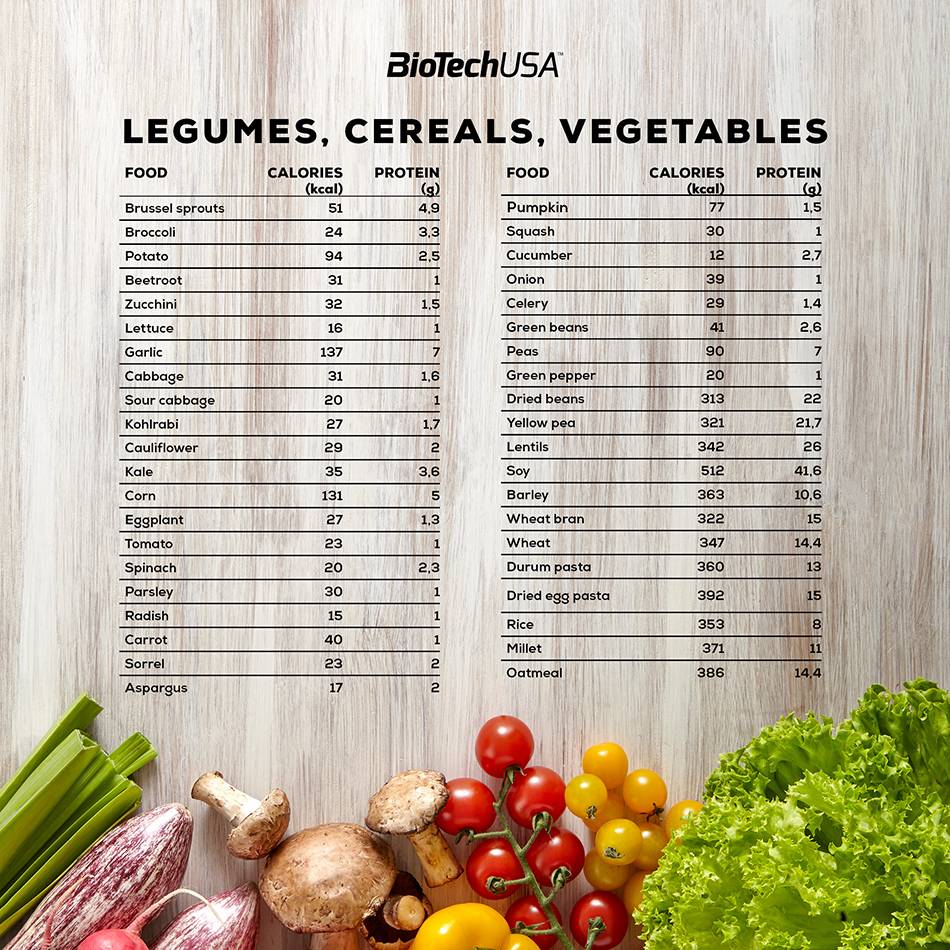
Nuts and seeds
Nuts and oilseeds have an exceptionally high protein content of 20-30 grams per 100 grams. However, they require attention due to their fat content and hence their high calorie content. They can also be used for meals where the fat content is already significantly reduced. The use of seeds is of paramount importance because of their mineral content. For example, 100 g pumpkin seeds contain 34 g of protein and contain 970 mg of magnesium. Magnesium also plays an important role in athletes’ ability to combat muscle spasms and to combat stress.
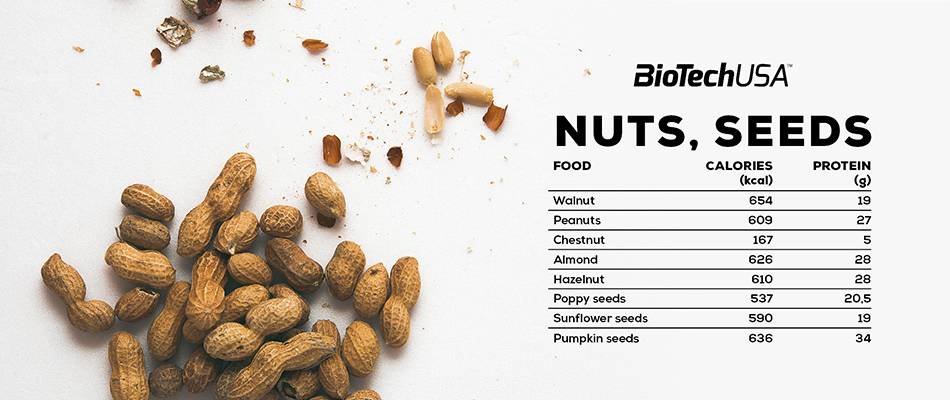
Dairy products
If you have lactose intolerance, that is, lack or decrease in lactase production, you should choose lactose free products, milk, cheese, yogurt. However, there is a misconception in the minds of many that lactose-free products do not contain lactose; in this case, the lactose is enzymatically degraded and retained, which is why lactose-free milk is sweeter, for example.
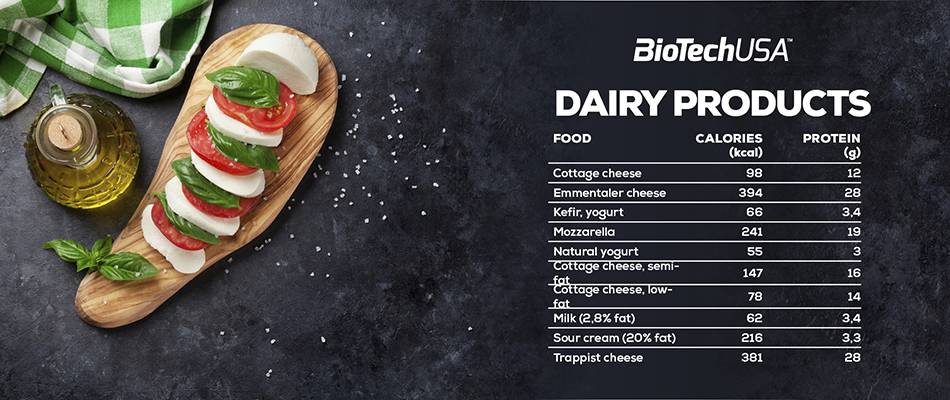
The loss of muscle mass is one the symptoms of deficiency due to the lack of protein. But it’s much easier if you don’t wait for symptoms to appear and check with a protein chart or even a calorie and macronutrient calculator to make sure you are consuming exactly what you need. For a healthy diet, when weight loss is your goal, you can count with an intake of about 0.8-1 g / kg of body weight if you are a sedentary person without sports, and 1.5-2 g / kg of body weight if you do sports or any other active training. Next to this, you need 0.7-0.8 g / kg of fat, while carbohydrate needs are typically 3-5 g / kg depending on body weight. But it is not enough to focus only on the amount of macronutrients, but also on the quality and quality.